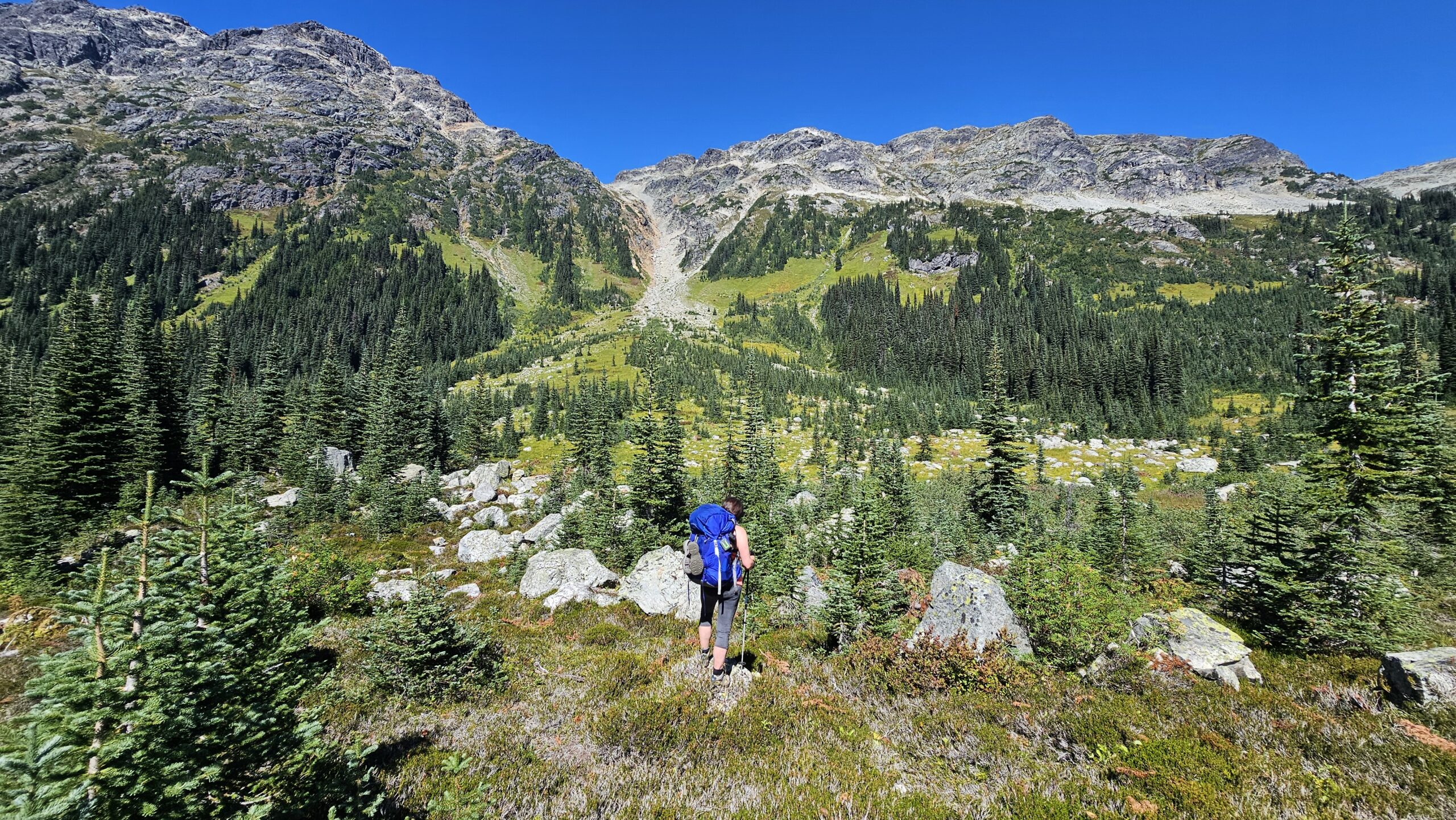
If you’re new to backpacking (aka overnight hiking), it can feel overwhelming trying to figure out what to pack, where to go, or how to even get started. I’ve been there—and the good news is, you don’t need to have everything figured out to enjoy your first trip. In fact, you don’t even need to fully commit to “being a backpacker”. There are ways to test the waters without purchasing all the gear!
This guide breaks down 7 beginner backpacking tips to help you feel prepared and confident, without overcomplicating things. Whether you’re planning your first overnight in the backcountry or just want to level up from day hiking, this is for you.
Backpacking Tip #1: Start Small
When you’re just starting out, keep it simple. Choose a short, well-marked trail that’s close to home and ideally has established campsites. One night is plenty for your first trip—it gives you time to adjust, test your gear, and see how your body feels carrying a loaded pack. Guaranteed by the end of this first short trip, you are already going to have an idea of what you will do differently for the next trip.
Look for beginner-friendly trails that don’t have a ton of elevation gain or tricky navigation. Your backpacking trip should be about getting comfortable with overnight hiking, not pushing your limits.
🏔️Hiking tip: Ask in local Facebook Hiking Groups what easy trails people recommend for your first overnight trip.
Backpacking Tip #2: Borrow Gear First
If you’re not 100% sold on backpacking yet, don’t rush to buy every piece of gear brand new. Quality backpacking gear can be pricey, and it’s totally okay to borrow from friends or rent from an outdoor gear shop for your first trip.
You might find that you love it—or you might learn that certain items don’t work for you. Testing gear helps you avoid expensive mistakes and gives you time to figure out what your specific needs are.
🏔️Hiking tip: MEC, Valhalla Pure Outfitters, and other outdoor retailers often have gear rental programs and knowledgeable staff who can help you choose the right setup.
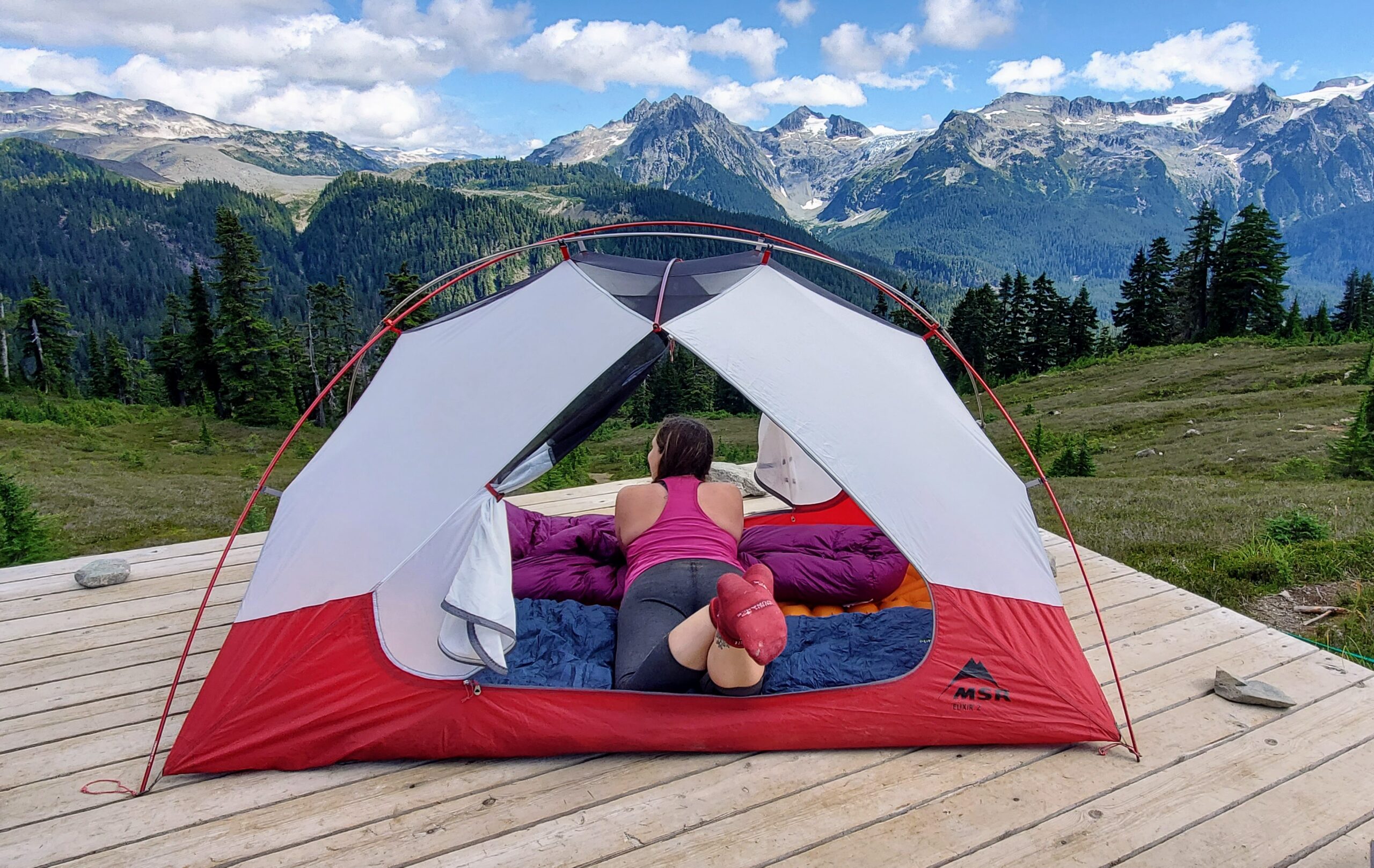
Backpacking Tip #3: Know Your Gear Categories
One of the most common beginner backpacking mistakes is feeling overwhelmed by gear. But if you break it down into categories, it’s way easier to manage.
Here are the core backpacking gear groups you’ll want to cover:
- The Big 3: Backpack, shelter (tent), and sleep system (sleeping bag + sleeping pad). These are one of your heaviest items, so choose wisely and prioritize comfort + weight.
- Food & Water: Bring enough calories (plus a little extra), a way to cook (like a lightweight stove), and a water filter or purifier. Water sources are not always reliable, so research ahead of time.
- Clothing: Think layers. You’ll want moisture-wicking base layers, an insulating mid-layer, and a waterproof outer layer. Avoid cotton—once it’s wet, it stays wet. I recommend having 1-2 main outfits to switch into on multi-day hikes plus one outfit designated for sleeping only. Try not to bring too many clothes, the main thing is to make sure you have time to dry out the outfit you want to wear the next day.
- Safety: Pack a First aid kit, the rest of the 10 essentials, bear spray, SOS Satellite Communicator device, and any other gear needed to stay safe on your trip.
- Extras: Toiletries, a small repair kit, bug spray, and anything else that brings you a little comfort (a sit pad, book, or camp shoes, for example).
Want the full breakdown in a handy dandy checklist? [Download my Free checklist here] to see exactly what to pack.
I also have a lot of these items listed on my Amazon Storefront page.
*Disclaimer this is an affiliate link. If you purchase through my Amazon Storefront I receive a small commission that supports this blog. Thank you!*
Backpacking Tip #4: Proper Footwear
Nothing ruins a hike faster than blisters or sore feet. Make sure your hiking shoes or boots are well broken-in and trail-tested before you commit to carrying weight over long distances. Everyone has their own preference, but I personally go with a mid-cut hiking boot over low-cut hiking shoes. The added ankle support is a big plus, especially when you’re carrying 30–40 pounds on your back.
Your footwear should be supportive, comfortable, and appropriate for the terrain. Don’t forget about socks—merino wool or synthetic hiking socks help prevent moisture and blisters. And make sure your first aid kit includes blister care just in case, like “moleskin”.
🏔️Bonus tip: Bring a pair of lightweight camp shoes or sandals to let your feet breathe at the end of the day. I personally love Keen Sandals but some people bring Crocs.
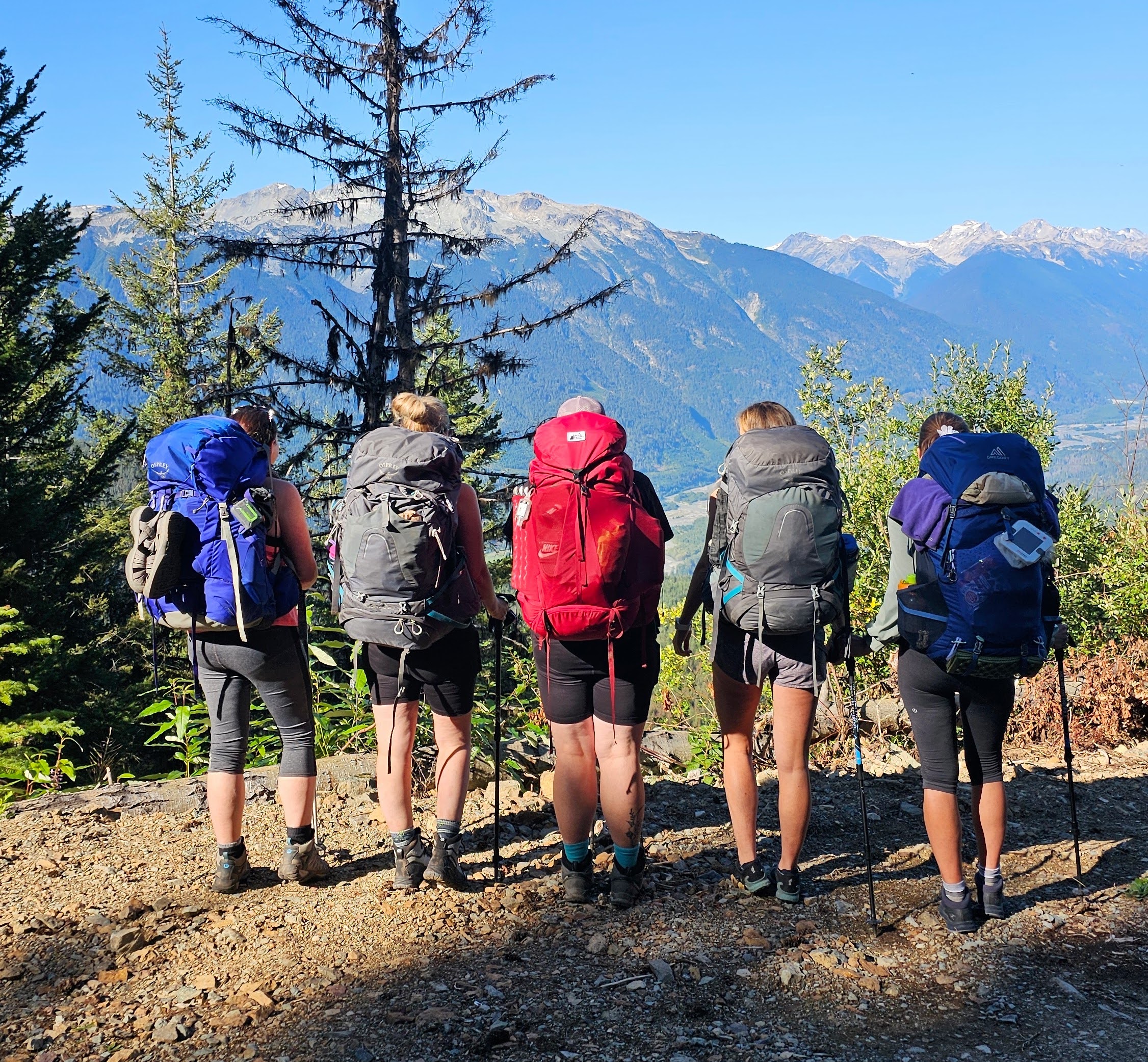
Backpacking Tip #5: Do Your Research
Research might not sound exciting, but it’s one of the most important backpacking tips. Knowing what to expect helps you pack smart, stay safe and avoid surprises.
Before you go, research:
- Trail distance and difficulty
- Campsite locations and permit requirements
- Weather forecast and fire bans
- Water sources and terrain type
- Recent trail conditions or closures
Even for a short overnight hike, being prepared can make the difference between an enjoyable trip and a sketchy one. Also make sure that you leave a trip plan with someone who is not hiking with you. This is one of the most overlooked things people doing backpacking or even just day hiking. Make sure a trusted friend or family member knows your trip details and expects to hear from you once your hike is finished.
🏔️Hiking & Camping tip: Use apps like AllTrails, Gaia GPS, Backroad Mapbooks or the websites of local parks and trail associations for reliable info.
I personally use AllTrails+ to read recent reviews and download offline trail maps for navigation. You can receive 30% off the annual membership for AllTrails+ here. (affiliate link)
And I also use Backroad Mapbooks Pro App for navigating off-road and finding cool spots in the backcountry. You can save $10 on the annual pro membership here.
Backpacking Tip #6: Don’t Overpack
Overpacking is super common, especially when you’re new to backpacking. It’s easy to think you’ll need a ton of “just in case” items, but that extra weight adds up fast—and you’ll definitely feel it on the trail.
Stick to essentials and prioritize lightweight, multi-use items. The more you hike, the more you’ll learn what you actually use (and what just takes up space). Each backpacking trip, I try to see if I can get my pack lighter than the one before. Over the years, I’ve managed to cut at least 10 pounds!
One of my biggest backpacking tips: work together with your group. You don’t all need to bring stoves, fuel, full-size first aid kits, tents, etc. Share gear weight with your hiking crew whenever possible.
🏔️ Bonus Hiking Tip: Lay everything out before packing and ask yourself if you’ll definitely use each item. That extra clothing layer or book often goes untouched.
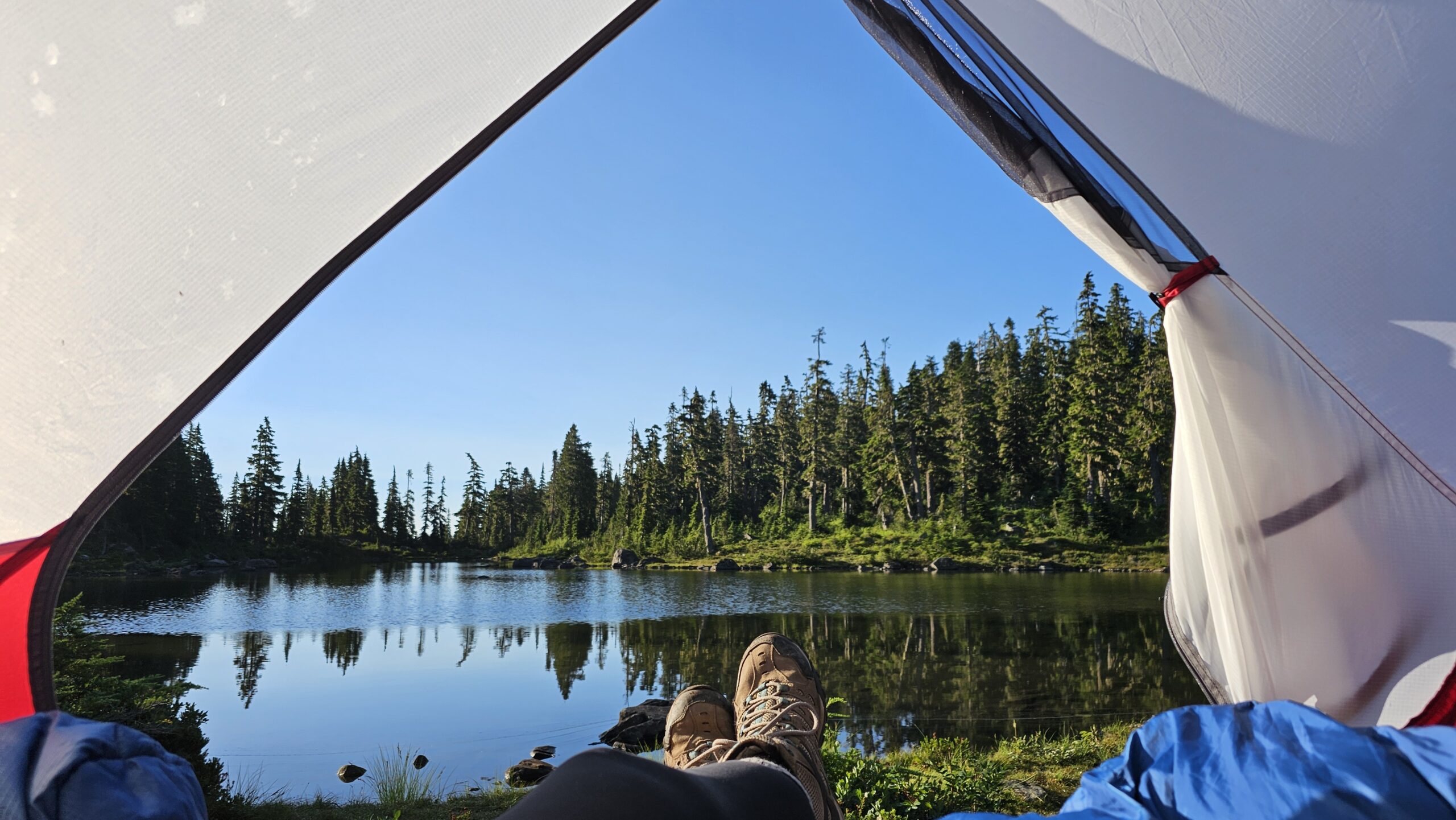
Backpacking Tip #7: Practice Before You Go
Before your first overnight trip, set up your tent, test your stove, and take your fully loaded pack on a short day hike or overnight in your backyard. This gives you a chance to figure out your gear, dial in your setup, and build confidence.
You’ll also learn small but important things—like how to keep gear organized, what’s uncomfortable in your pack, or how to repack your bag after setting up camp. Don’t do what I did on my first backpacking trip. I did not practice and went right into a 5 night backpacking trip. Thankfully all went well still, but there were quite a few things I did differently with my gear set up the next trip.
Final Thoughts
Backpacking doesn’t have to be scary or intimidating. Even if you feel a little overwhelmed reading through these backpacking tips, I promise once you get out on that first trip, you’ll be wishing you started this sooner. If you are already someone who hikes regularly, you likely have a lot of the gear you’ll need other than “the Big 3”.
If you have any further questions, comment below or head over to my Instagram and DM me.
Otherwise for further packing tips check out this blog: “8 packing tips for an Overnight Hike.”
And don’t forget to download your FREE Backpacking Checklist.
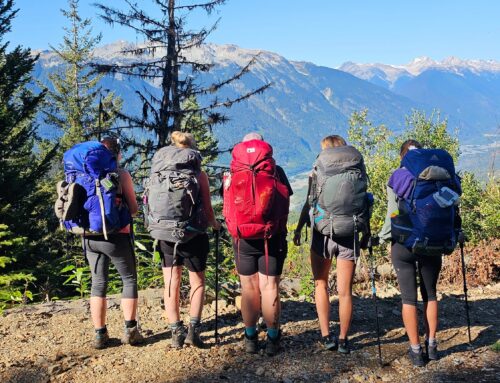
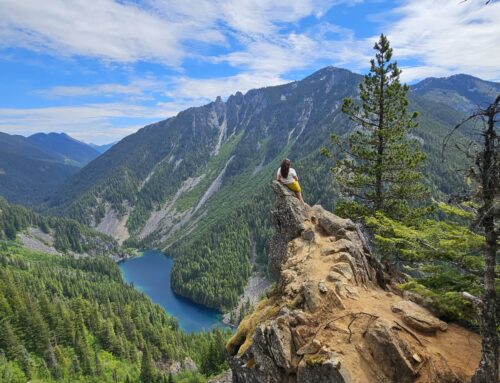
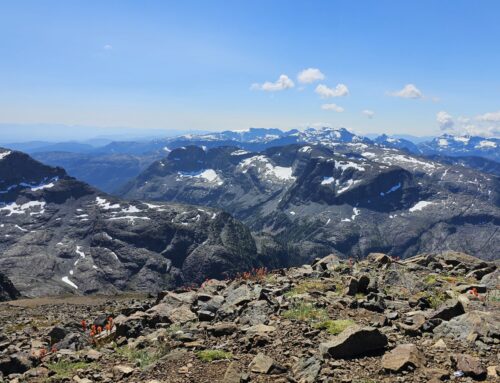
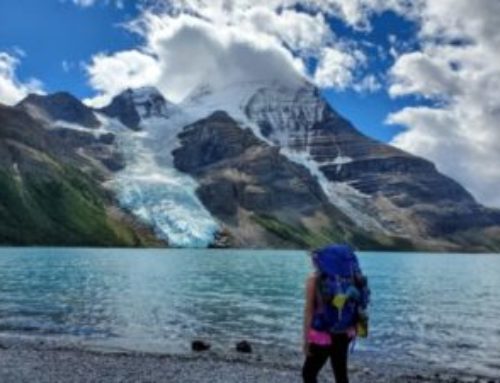
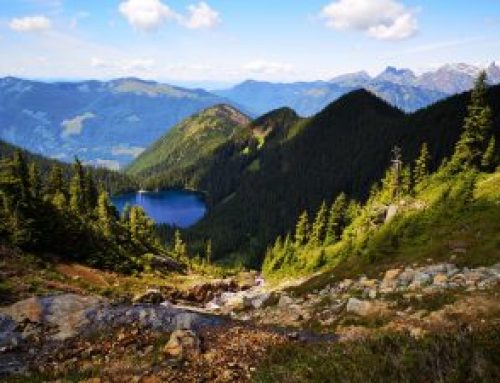
Leave A Comment